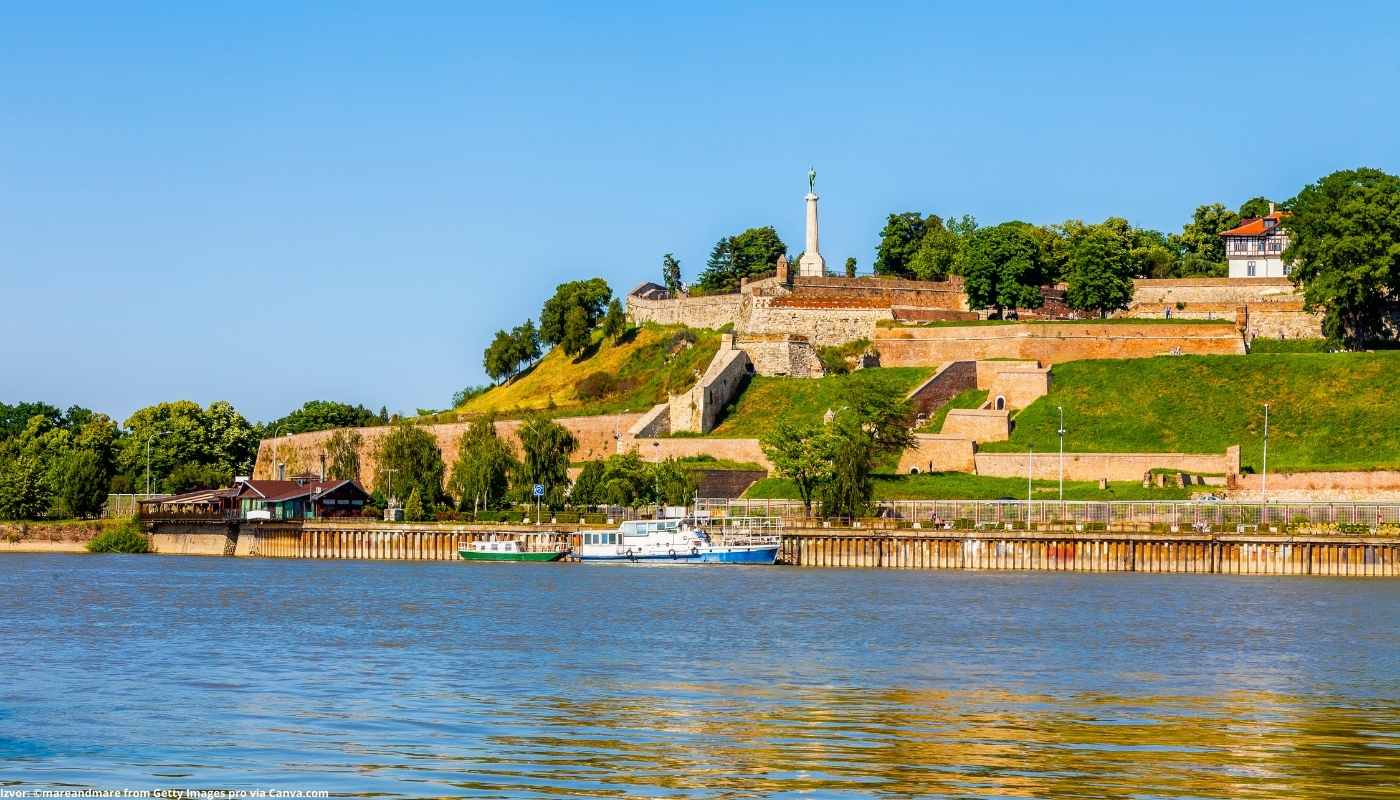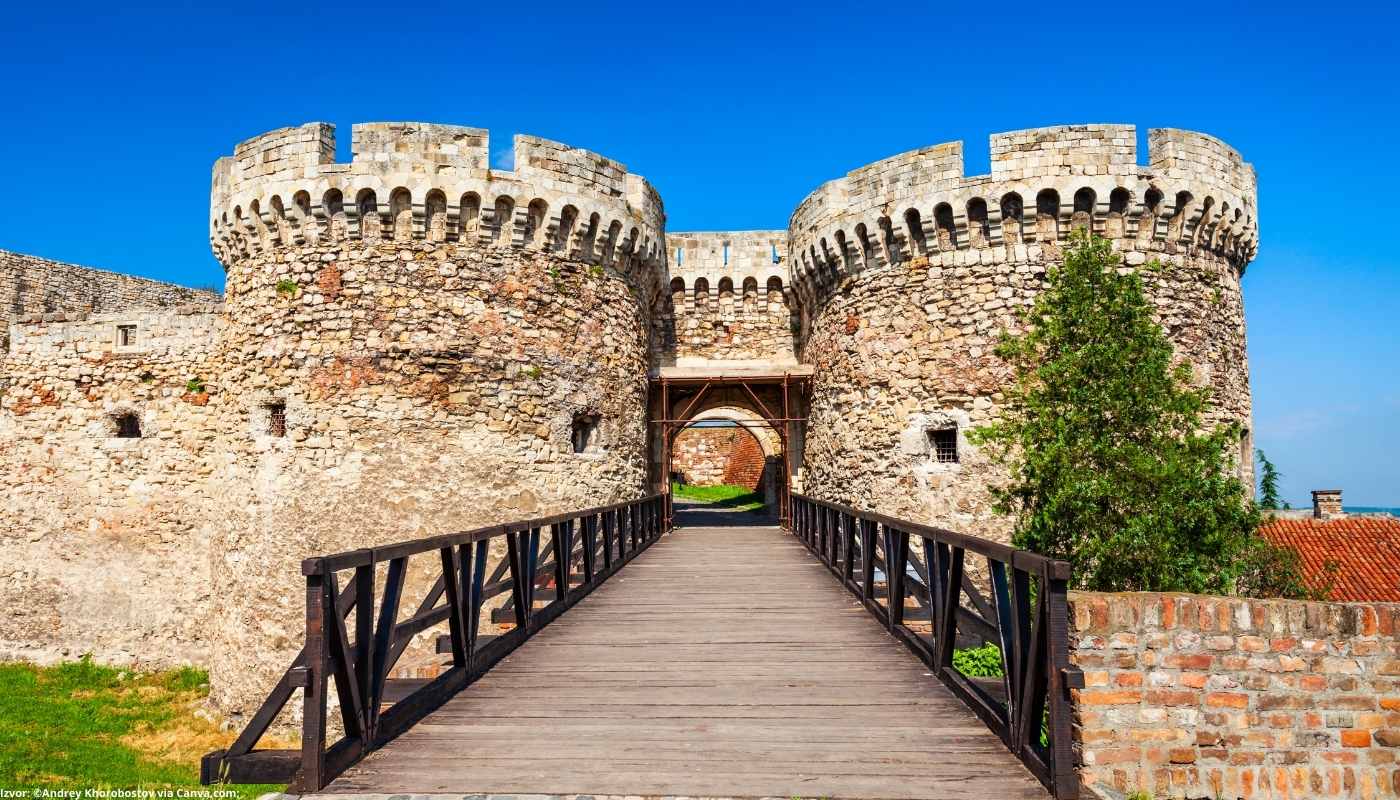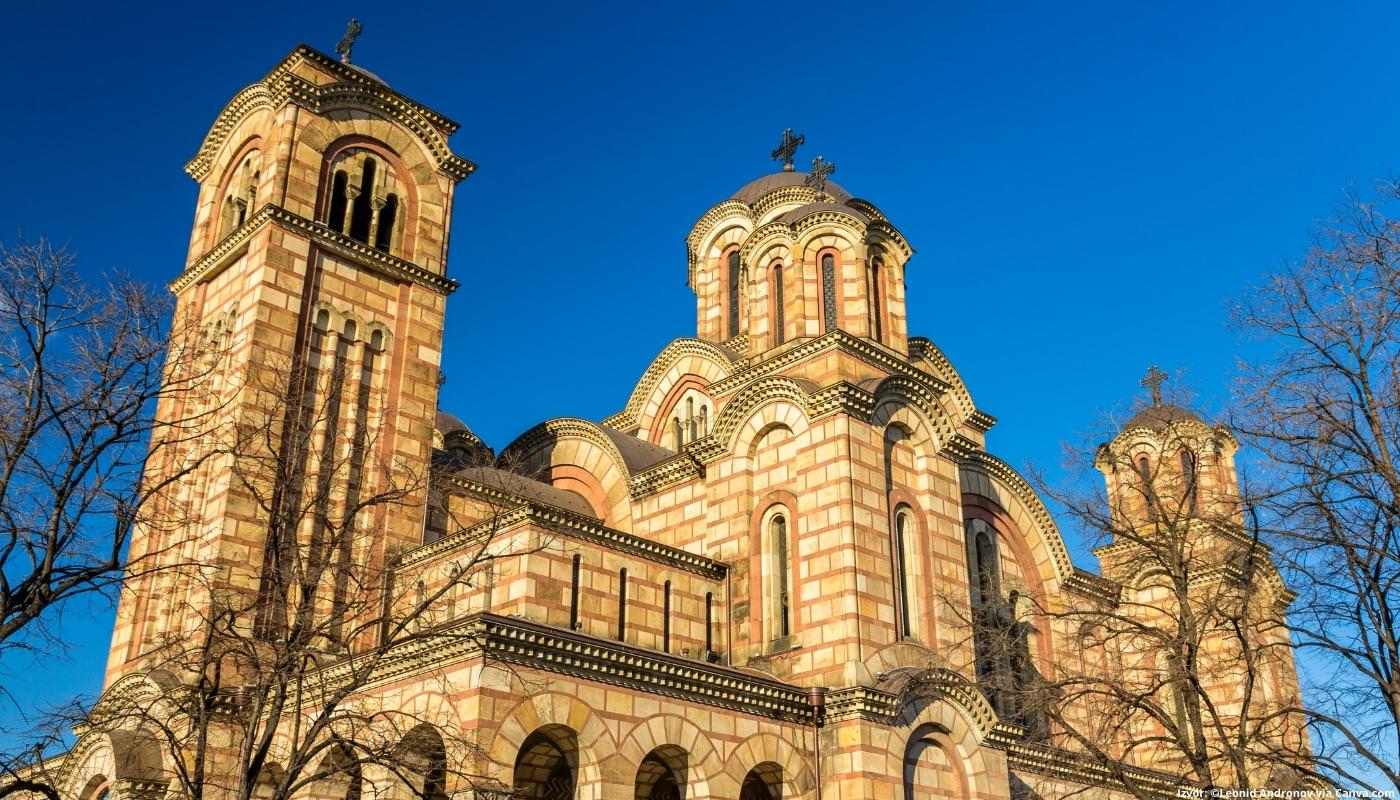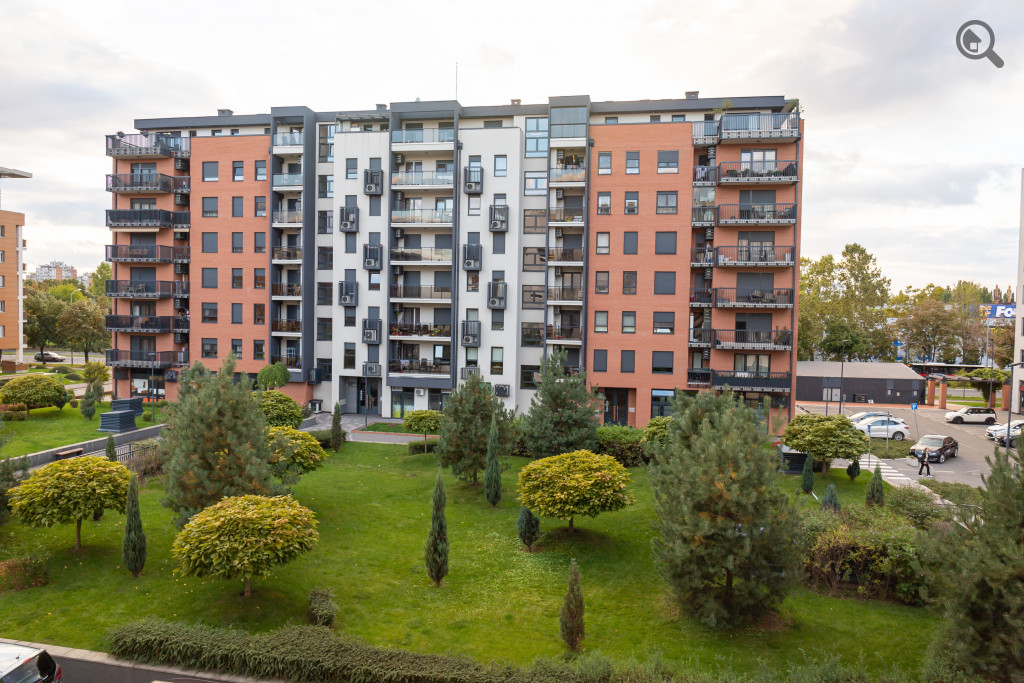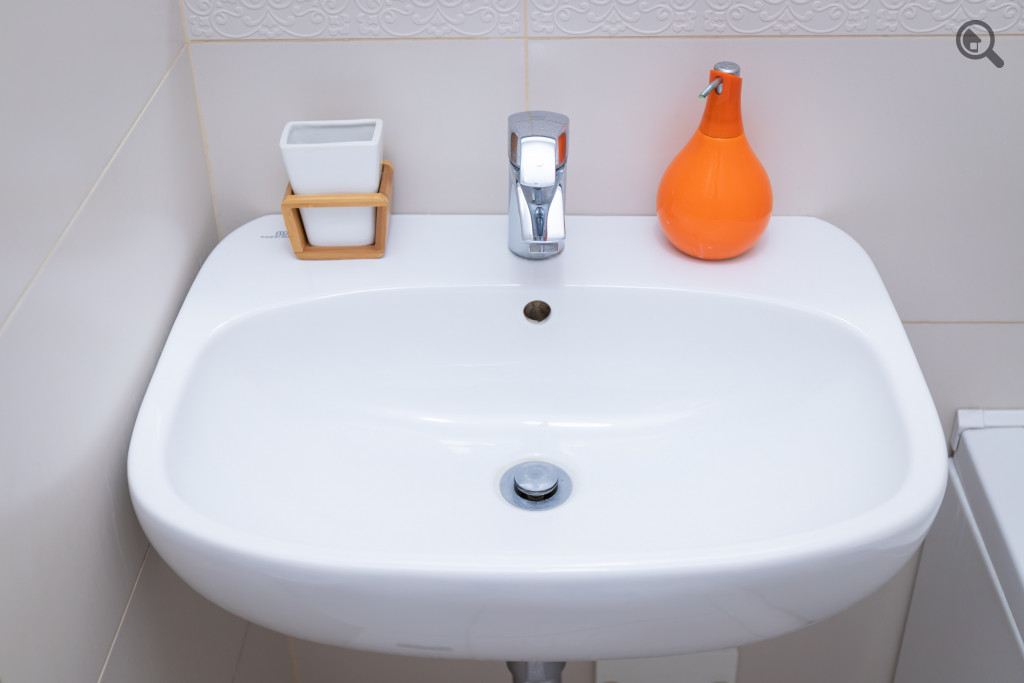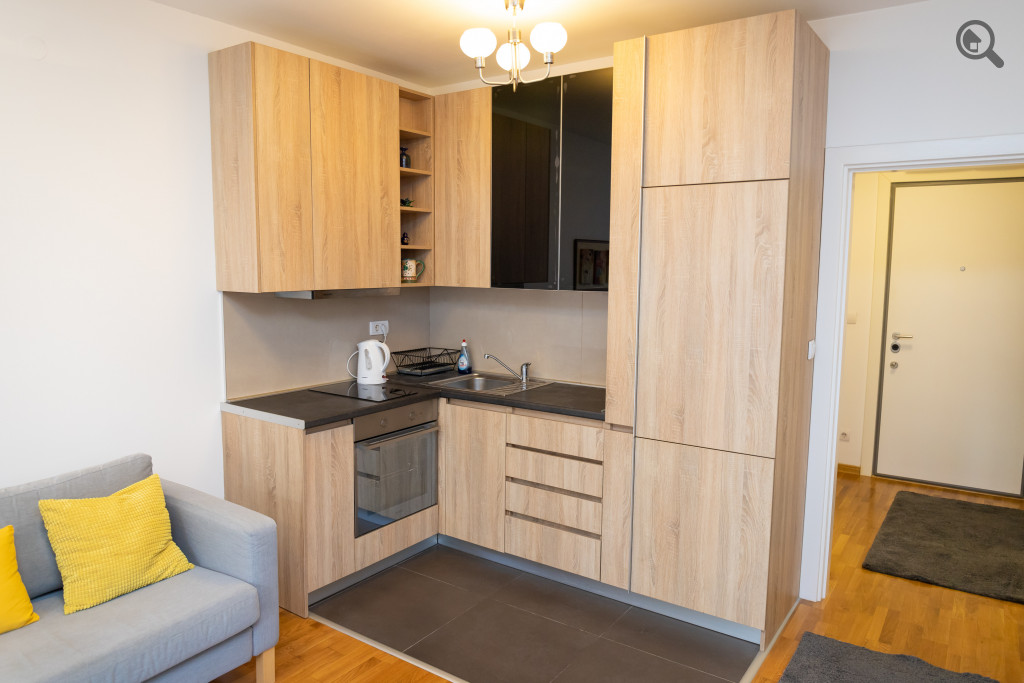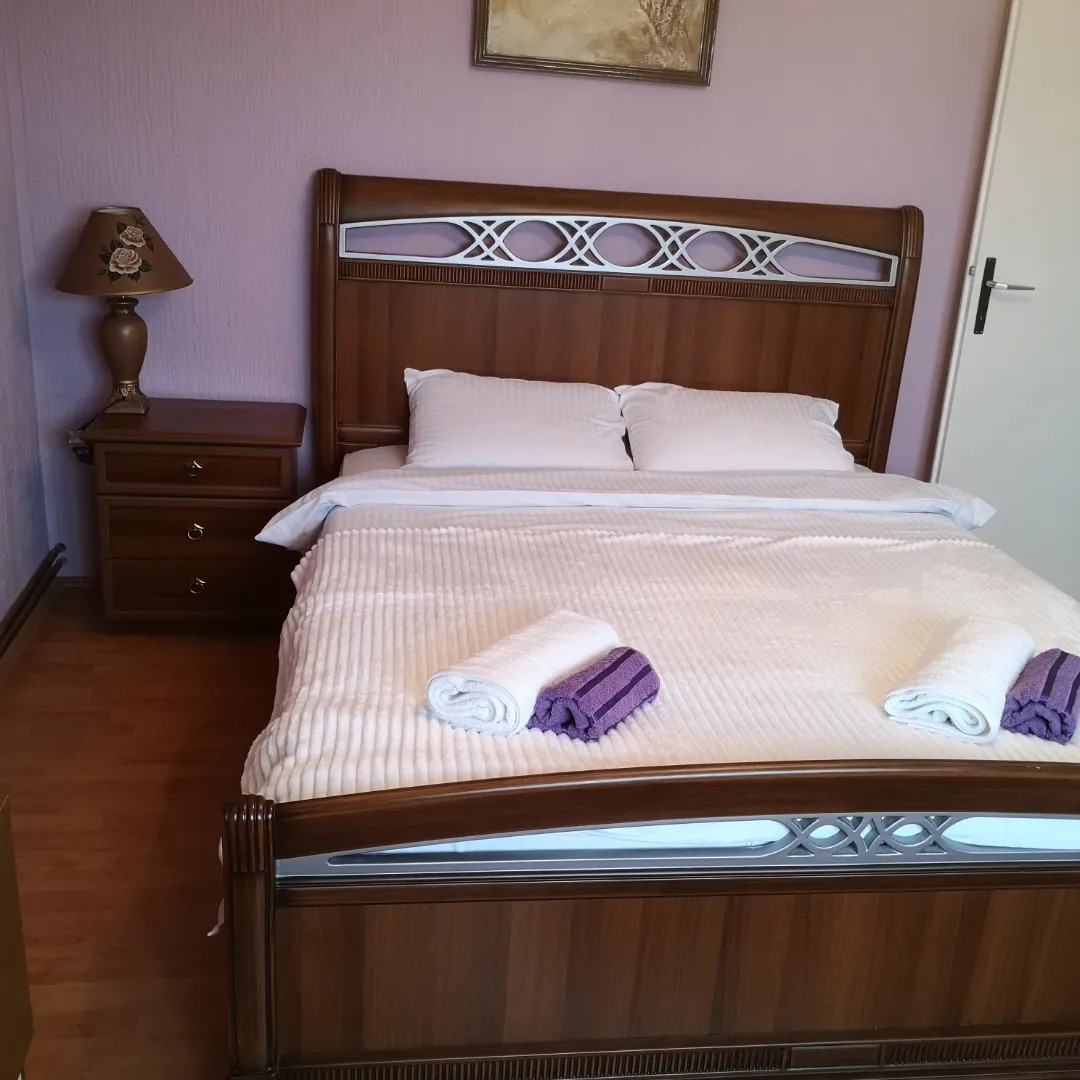Trg Nikole Pašića
Share this attraction
Back

Trg Nikole Pašića
Belgrade
Nikola Pasic Square - the most important information
Nikola Pasic Square is the central city square in Belgrade, and at the same time the youngest. It connects Terazije, King Aleksandar Boulevard and Decanska Street.
History of Nikola Pasic Square
The square was built in 1953, and before that, in the first half of the 19th century, there was a meadow at that place, which was crossed by the Constantinople Road. The square was first named after Karl Marx and Friedrich Engels - Marx and Engels Square, and in 1997 it changed its name to Nikola Pasic Square, after the former mayor of Belgrade and prime minister of the Kingdom of Serbs, Croats and Slovenes.
Appearance of Nikola Pasic Square
In the center of the Square is one of the largest fountains in Serbia, and one part of the square is a pedestrian zone, while the other is open to traffic. Within the Square is a monument to Nikola Pasic, which was unveiled in 1998. Around the Square there is the History Museum of Serbia, the House of Trade Unions, the National Assembly, the City Administration building and the Pioneer Park.
During the year, small fairs are organized on the pedestrian part of the Square, where flowers, honey and books are sold. In winter, ice is sometimes set for skating, and in summer, a beach volleyball court.
In the vicinity of the Square there are many cafes and restaurants, clothing and footwear stores, as well as underground parking and the Old Palace.
How to get to Nikola Pasic Square?
- By bus lines: 24, 37, 44, 58, EKO1, Pionirski Park Station.
- By taxi: we recommend Pink Taxi 19803, Belgrade Taxi 19801 and Naxis Taxi 19804.
Location
Learn more about this destination
Discover the beauty of the destination through blogs that highlight the most famous landmarks, hidden gems, and provide travel tips for visiting this destination. Embark on an adventure through the stories of experienced travelers.


